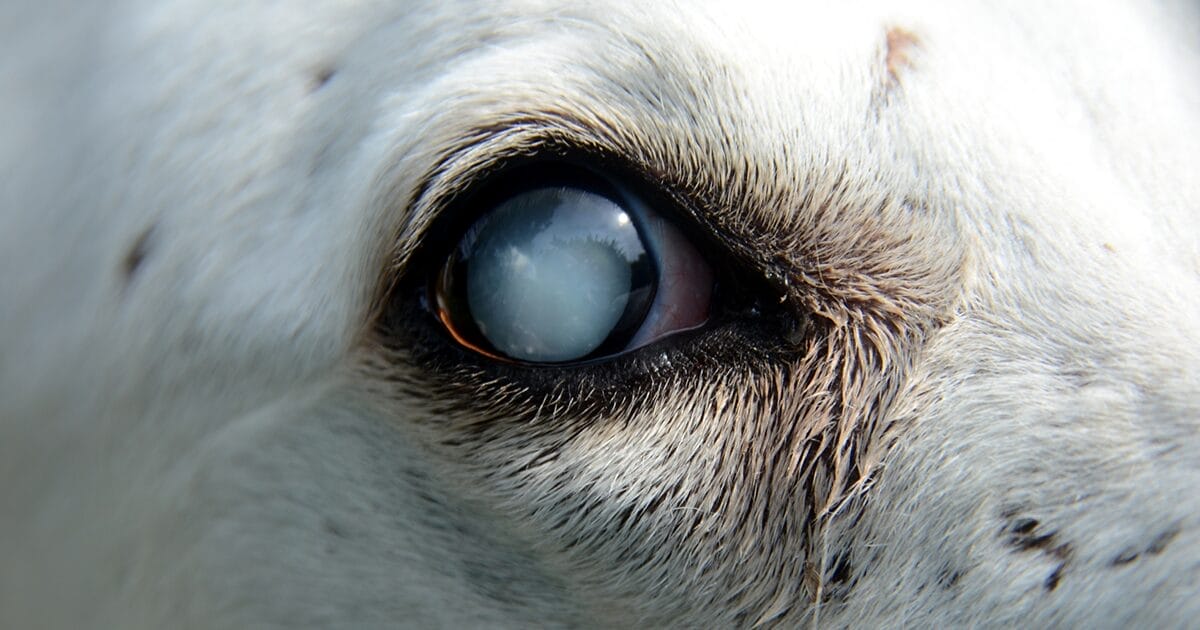
Your Pet’s Eye Health: A Guide to Eye Exams and Care
Pet eye exams include a check of tear production, measuring eye pressure, and a thorough eye check by a veterinary ophthalmologist.
When visiting your family doctor for a routine checkup, they typically examine your eyes with light or ask you to read an eye chart. For specialized concerns or glasses, you are likely to visit an eye doctor. The same applies to your pet. Your family veterinarian examines your pet’s eyes during annual checkups, but certain situations warrant a visit to a veterinary ophthalmologist. Since pets can’t communicate their vision problems, how do you determine when a specialist is needed?
Signs of Eye Problems in Pets
Several signs may indicate your cat or dog is experiencing vision difficulties or eye discomfort:
- Bumping into objects or navigation challenges
- Cloudy eyes
- Cross-eyed gaze
- Eye discoloration or redness
- Excessive or abnormal discharge
- Film over the eye
- Eye injuries
- Pawing at the eye
- Squinting or refusing to open an eye
- Swollen or bulging eye
- Visible third eyelid
Why Your Pet Might Need a Veterinary Ophthalmologist
Veterinary ophthalmologists undergo three to four years of specialized training in diagnosing and treating eye conditions. They use advanced equipment similar to that used by human eye doctors to provide both medical and surgical treatments. Their expertise benefits conditions such as cataracts, corneal ulcers, dry eye, glaucoma, inflammatory conditions, and retinal diseases. By collaborating with other specialists, veterinary ophthalmologists deliver comprehensive care for diseases that affect multiple body systems.
Our blog post on what’s normal and not normal in pet eyes offers more information.
The Pet Eye Exam Process
A typical appointment lasts about an hour. Before the examination, the ophthalmology team reviews your pet’s medical records from your family veterinarian and asks questions about your pet’s overall health and specific eye concerns.
Although eye exams are generally painless, your pet must remain still during the examination, so a team member will assist in holding them. Your pet may receive eye drops to dilate their eyes, which enlarges the pupils and allows for a more thorough examination of the back of the eye. The specialist will assess the eyes’ response to light, the clarity within the eye, and examine the surrounding structures.
Tests Performed During Your Pet’s Eye Exam
Your pet’s comprehensive eye exam may include several diagnostic tests:
- Tear Production Check: A Schirmer tear test measures tear production by placing a specialized paper strip inside the lower eyelid for 60 seconds.
- Eye Pressure Measurement: After numbing the eye with eye drops, a tonometer measures the intraocular pressure to check for glaucoma.
- Examination of the Front of the Eye: Using a slit lamp—a handheld microscope with a light source—the ophthalmologist examines the eyelids, cornea, iris, and lens.
- Examination of the Back of the Eye: With an indirect ophthalmoscope and magnifying lens, the ophthalmologist evaluates the retina and optic nerve for signs of inflammation, retinal detachment, or changes to the optic nerve. Advanced diagnostic tools may also be used, including OCT (Optical Coherence Tomography), which provides detailed images of the retina’s layers, and fundus photography/digital imaging, which captures high-resolution images of the retina.
Following the examination, the ophthalmologist will discuss the diagnosis and treatment options with you in detail. If necessary, additional testing may be recommended based on the findings. The ophthalmologist will address any questions you have, ensuring you understand your pet’s care plan and the steps moving forward.

Caring for Your Pet’s Eyes at Home
Early detection and treatment of eye diseases are crucial for preserving your pet’s vision. You can take several steps at home to help protect your pet’s eyes:
- Regularly inspect your pet’s eyes in a well-lit room, checking for signs like those listed above and ensuring they appear bright and clear.
- Clean your pet’s eyes gently with a damp cloth or cotton ball, wiping from the inside to the outside. Tear staining is common in dogs and can be treated at home following our guidance.
- Maintain your pet’s grooming by trimming hair near the eyes to allow for clear visibility and easy monitoring of any changes.
- Prevent eye injuries by avoiding letting your pet hang their head out of a moving vehicle’s window, as debris can cause severe damage. Instead, crack the window slightly to allow your pet to enjoy the breeze safely.
By following these simple steps, you can help protect your pet’s eye health and catch any potential issues early.
Partnering for Your Pet’s Eye Health
To maintain your pet’s vision, prioritize their eye care by monitoring signs of eye problems and consulting your family veterinarian if concerns arise. In case of an eye injury or emergency, seek immediate veterinary care at your nearest MedVet location.
Learn more about veterinary ophthalmology.
FAQs
How do I know if there’s something wrong with my pet’s eye?
Why should my pet see a veterinary ophthalmologist?
What can I expect during my pet's eye exam?
How can I help my pet preserve their vision?
Contents


